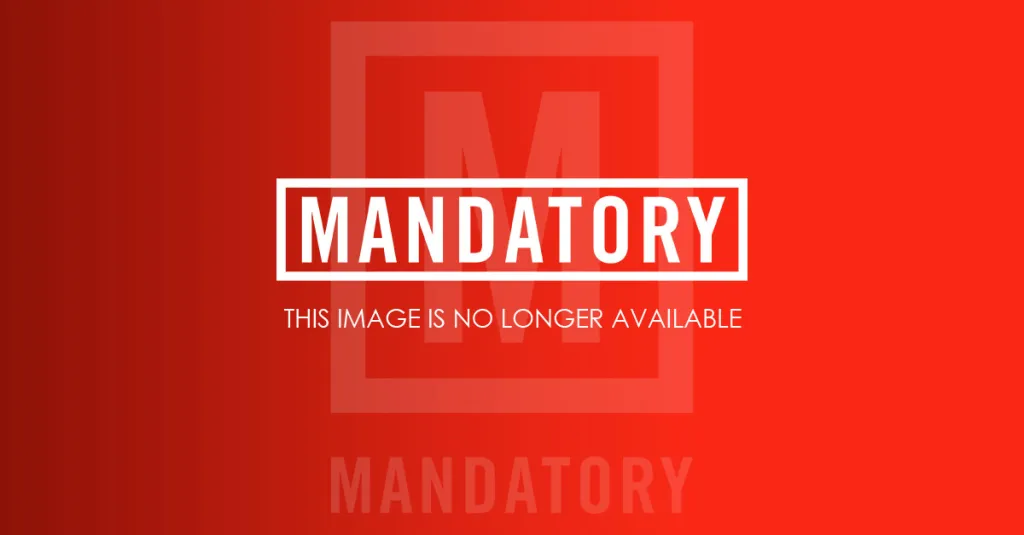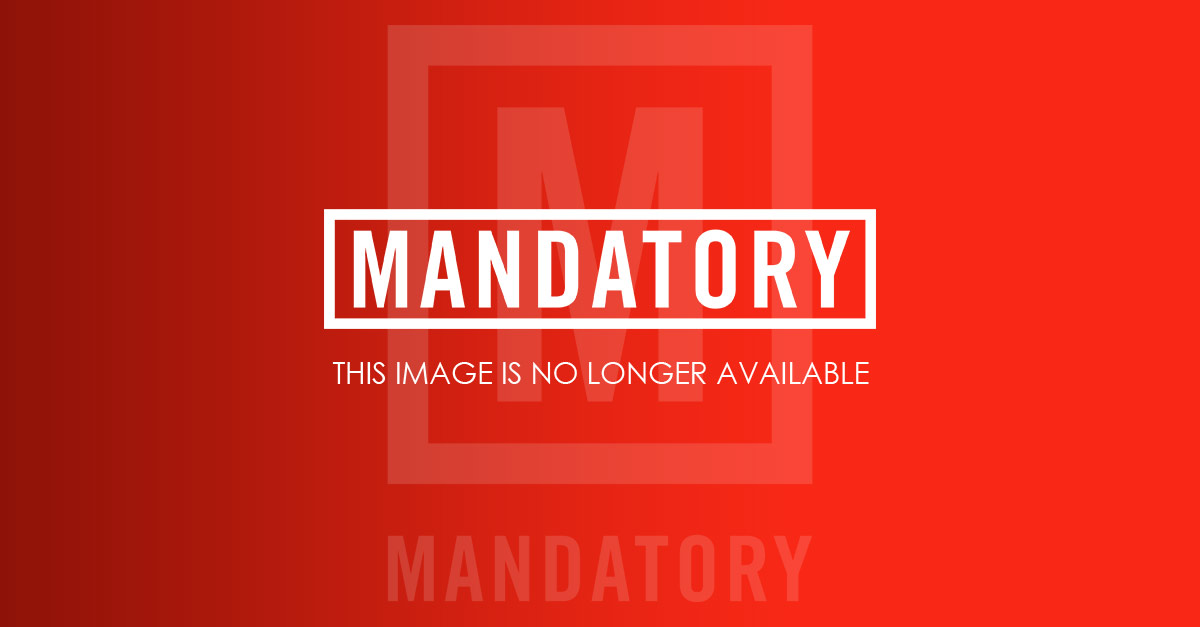A few weeks ago, Joe Corré, successful businessman and son of iconic punk figures Malcolm McLaren and Vivienne Westwood, announced that he would be torching over five million dollars in rare punk memorabilia to protest Punk London, a year-long celebration of British punk’s history and legacy that was being underwritten by corporations. Even more, though, his promised act is in protest over how toothless and safe punk has become – a steep fall from grace for a music/culture that once had rightwing politicians frothing at the mouth in outrage. Critic Sean O’Hagan, writing for the Guardian, noted:
“That Boris Johnson, a key player in London’s ongoing hyper-gentrification and creative cleansing, sees no irony in his role as the most prominent backer of Punk London speaks volumes about our times. It has given us an endlessly self-congratulatory culture industry, but no meaningful culture to speak of save for the tyranny of the art market. And, like an old Labour radical tamed by age, the spirit of punk has now been so drained of threat as to be an object of uncritical nostalgia. It was not always thus.”
Meanwhile, on this side of the pond, both Georgia and North Carolina passed sweeping anti-LGBT rights bills (that make special target of trans people) that are in keeping with this grotesque Trump moment in which we live. (Georgia’s governor has used his veto power to overcome his state’s legislated bigotry, with a threatened economic boycott by Hollywood powerbrokers being a powerful incentive to do so.)

Tribe 8. Photo courtesy Tribe8.com
So how does all that tie together? One of the ways punk was radical and threatening at one point was in its giving voice to queer youth. From the Buzzcocks in the U.K. to Tribe 8 and Pansy Division stateside, punk’s queer content – both the explicit and that found in subtext – helped countless LGBT youth shape their identities and politics. And even social critiques (or just unleashed rage) of bands that were not queer in terms of sexual identity (such as the Sex Pistols, Black Flag, and the Ramones) found receptive ears in queer fans. The music agitated on behalf of the disenfranchised. As Bob Mould, openly gay former front-man for the late lamented American punk band Hüsker Dü recently said to the New York Times when asked if he was invested in current punk and if it feels politically vibrant:
“I think some artists are working in that mode. Less than I would have expected given the current political climate. I’d imagine we’d have a lot more music in the streets that would be a lot louder than what we’re hearing now.”
The 2001 German documentary Step Up and be Vocal, co-directed by Uta Busch and Sandra Ortmann, is a brief survey of San Francisco’s punk scene of the 1990s. It’s as rudimentary and DIY as the culture and artists it profiles, being basically a point & shoot affair that has all the formal innovation (and technical competence) of an old home movie. But it does serve up pungent recollections, observations and analysis of explicitly queer punk and openly queer punk musicians. More judicious editing when talking heads meander off-point would have made Vocal a more satisfying viewing and learning experience, but it’s an invaluable time capsule regardless.
Tribe 8’s Lynn Breedlove – who functions as a sort of unofficial emcee throughout the film, says of her own band, “Whenever people [ask] what kind of music we play, I always say we’re a bunch of obnoxious punk rock dykes. We have so many different influences to our music that it’s easier to define us by our sexuality… We differentiate between lesbian and dyke. A dyke is probably more punk, more sex radical… Mentally and politically, I think it has to do with radical.”
Bemused, she notes the many times cops showed up to her band’s performances demanding she put her top back on (she often performed topless), but saying nothing about the simulated blow-job she’d be receiving from a guy sucking her strap-on onstage. Her rundown of her band’s evolution from musically incompetent to slowly learning to play their instruments is the origin tale of countless punk bands. Her insights become more specific to her and her group when she discusses how a stay in a women-only squat in Berlin shaped her feminism; and how Tribe 8’slyric content evolved from being strictly about sex to being almost entirely about political issues that aren’t sex related.

Team Dresch. Photo by Tammy Rae Carland
Matt Wobensmith explains how his influential zine Outpunk evolved into the record label Queercore. At the time of the interview he’s based in San Francisco, and the San Francisco of his (then) recent past and that in which he was (then) currently being interviewed are both long gone, which adds an unintended layer of commentary to the film. SF as a refuge for artists, outcasts, and queer folk not interested in easy assimilation, has been metaphorically paved over by tech industry money and materialism. Wobensmith engagingly tells of moving to SF as a very angry but idealistic kid who became immersed in activist groups like Queer Nation and ACT-UP, energized by their defining queerness against the assimilationist bent of mainstream queerness. But he eventually came to feel that the identity politics around all that had become tedious, that the queer punk and radical scenes had become static and comfortable in narrow definitions of queerness and political possibility.
As the film moves along, Jody Bleyle of the band Team Dresch stresses the importance of a dynamic lesbian community to her life and music. Mixed gender outfit the Psychic Sluts give an amazing a cappella performance before sitting on a backstage sofa to talk about the layered politics of their sex-positive music.
The film’s charm is also its Achilles Heel. The home movie aesthetic wears thin after a while, as does the de facto hosting gig. Breedlove’s “obnoxious horny 14-year-old boy as dyke” shtick has some appeal, and allows the film to have – and not merely document – an air of brashness, but the viewer starts to wish for someone more intellectually rigorous, who isn’t gracelessly flirting with the women being interviewed. That all finally happens when final interview subject, experimental writer Anna Joy (former punk musician and stripper) seizes the camera to speak on queer theory, working in strip clubs, and the slow assembly of a complex identity. Wowing Breedlove into silence, she wraps everything up in a conversation bundle that is as intellectually expansive as it is accessible.
Previously on Art Doc of the Week:
Top Photo: PansyDivision.com
Art Doc of the Week
-
Art Doc of the Week | Los Punks: We Are All We Have

The award-winning doc looks at Los Angeles’ 40-year-old punk scene.
Photo: Angela Boatwright
-
Art Doc of the Week | McQueen and I

The late fashion designer Alexander McQueen’s life was as unconventional as his iconic shows.
Photo: Alexander McQueen: Savage Beauty
-
Art Doc of the Week | Who Is Poly Styrene?

The late British-Somali punk icon was vulnerable in her feminist art.
Image Courtesy the Artist Estate
-
Art Doc of the Week | Eva Hesse

The new documentary on the on the late visual artist is both informative and soulful.
Image Courtesy the Filmmaker
-
Art Doc of the Week | Packed in a Trunk

Edith Lake Wilkinson’s great niece investigates why the painter was institutionalized for seemingly no reason.
Photo: Wolfe Video
-
Art Doc of the Week | The Kate Bush Story

The 2014 BBC documentary on the reclusive pop star lets her high-profile fans swoon all over her.
Photo: Peter Mazel / Sunshine
-
Art Doc of the Week | Nikki Giovanni and Muhammad Ali in Conversation

The ionic poet interviews and is charmed by the sports legend for Soul talk show.
Photo: Getty Images
-
Art Doc of the Week | They Will Have to Kill Us First

Malian musicians use their music to stand up to Islamic fundamentalists.
Photo: BBC Worldwide
-
Art Doc of the Week | Step Up and Be Vocal

The 2001 film looks at the role punk played and plays in shaping some queer and feminist identities.
Photo: PansyDivision.com
-
Art Doc of the Week | Mapplethorpe: Look at the Pictures

The first ever documentary on Robert Mapplethorpe makes the case for his art and legacy while showing his warts and all.
Photo: J. Paul Getty Trust / LACMA / Robert Mapplethorpe Foundation
-
Art Doc of the Week | Parliament Funkadelic: One Nation Under A Groove

Director Yvonne Smith traces funk from its doo-wop origins to its role as a building-block of hip-hop.
Photo: GeorgeClinton.com
-
Art Doc of the Week | Pete Seeger: The Power of Song

An OG political protest singer has much to teach us today.
Photo: Reuters
-
Art Doc of the Week | The Post Impressionists: Munch

Edvard Munch was a poster boy for the idea of the artist as brilliant, immeasurably tortured soul.
-
Art Doc of the Week | Detroit, Vogue

Director Mollie Mills’s short doc on Detroit’s current ball culture is high on visual impact, skimpy on substance.
Photo: Vogue, Detroit
-
Art Doc of the Week | Colored Frames
 The paintings highlighted in Lerone D. Wilson’s film are pulled into deep conversation with the complex realities of black life.
The paintings highlighted in Lerone D. Wilson’s film are pulled into deep conversation with the complex realities of black life.Photo: Colored Frames
-
Art Doc of the Week | Spirits of Rebellion

Filmmaker Zeinabu Irene Davis’ documentary on filmmakers of the LA Rebellion is timely and illuminating.
Photo: Spirits of Rebellion / Julie Dash
-
Art Doc of the Week | Five

The 1971 documentary gives an overview of five African American visual artists as the bloody ‘60s turn into the hopeful ‘70s.
Photo: 110 St Harlem Blues, by Romare Bearden, courtesy DC Moore Gallery
-
Art Doc of the Week | Masters of Photography: Diane Arbus

This 1972 documentary filmed one year after the photographer’s suicide is intimate and revealing.
Top Photo: Roz Kelly / Getty Images
-
Art Doc of the Week | Dorothea Lange: An American Odyssey

The iconic photographer’s images of 20th century Depression-era America speak to current battles around class, race, immigration, and poverty.
Photo: Dorothea Lange
-
Art Doc of the Week | Out and Bad: London’s LGBT Dancehall Scene

The struggles and joys of forging queer identity within dancehall culture.
Photo: Dazed/Bernard Miller
-
Art Doc of the Week | And When I Die, I Won't Stay Dead

Director Billy Woodberry’s poetic take on the life and work of beat poet Bob Kaufman.
Photo: Billy Woodberry
-
Art Doc of the Week | The Sound of Redemption

Director N.C. Heikin turns saxophonist Frank Morgan’s life into one of 2015’s best documentaries.
-
Art Doc of the Week | It Came from Kuchar

The Bronx-raised Kuchar twins helped pioneer American underground film.
Photo: Indie Pix
-
Art Doc of the Week | Tamara de Lempicka

The visionary artist, an OG Material Girl, is still struggling to get art world respect.
Photo: http://www.delempicka.org/
-
Art Doc of the Week | Jaco

A documentary on the life and music of Jaco Pastorius also probes link between mental illness and creativity.
Photo: JacoPastorius.com
-
Art Doc of the Week | Janis Joplin: Little Girl Blue

A new documentary on the late rock icon digs beneath the lore to find a complex woman and artist.
Photo: Evening Standard/Getty Images
-
Art Doc of the Week | The Many Faces of Billie Holiday

Lady Day was much more than her blues, as this documentary makes clear.
Photo: The William P. Gottlieb Collection
-
Art Doc of the Week | Anita Sarko

The legendary DJ’s words on art, culture and creativity resonate powerfully in the wake of her recent death.
Photo: Svetlana Samoshina
-
Art Doc of the Week | Antonio Gaudi

Filmmaker Hiroshi Teshigahara lets out his inner fanboy as he pays tribute to his hero, iconic architect Antonio Gaudi.
Photo: The Criterion Collection
-
Art Doc of the Week | Poetry of Resilience

Katja Esson's documentary allows poets to reclaim the depth and possibilities of art.
Photo: Jeremy Sutton Hibbert





